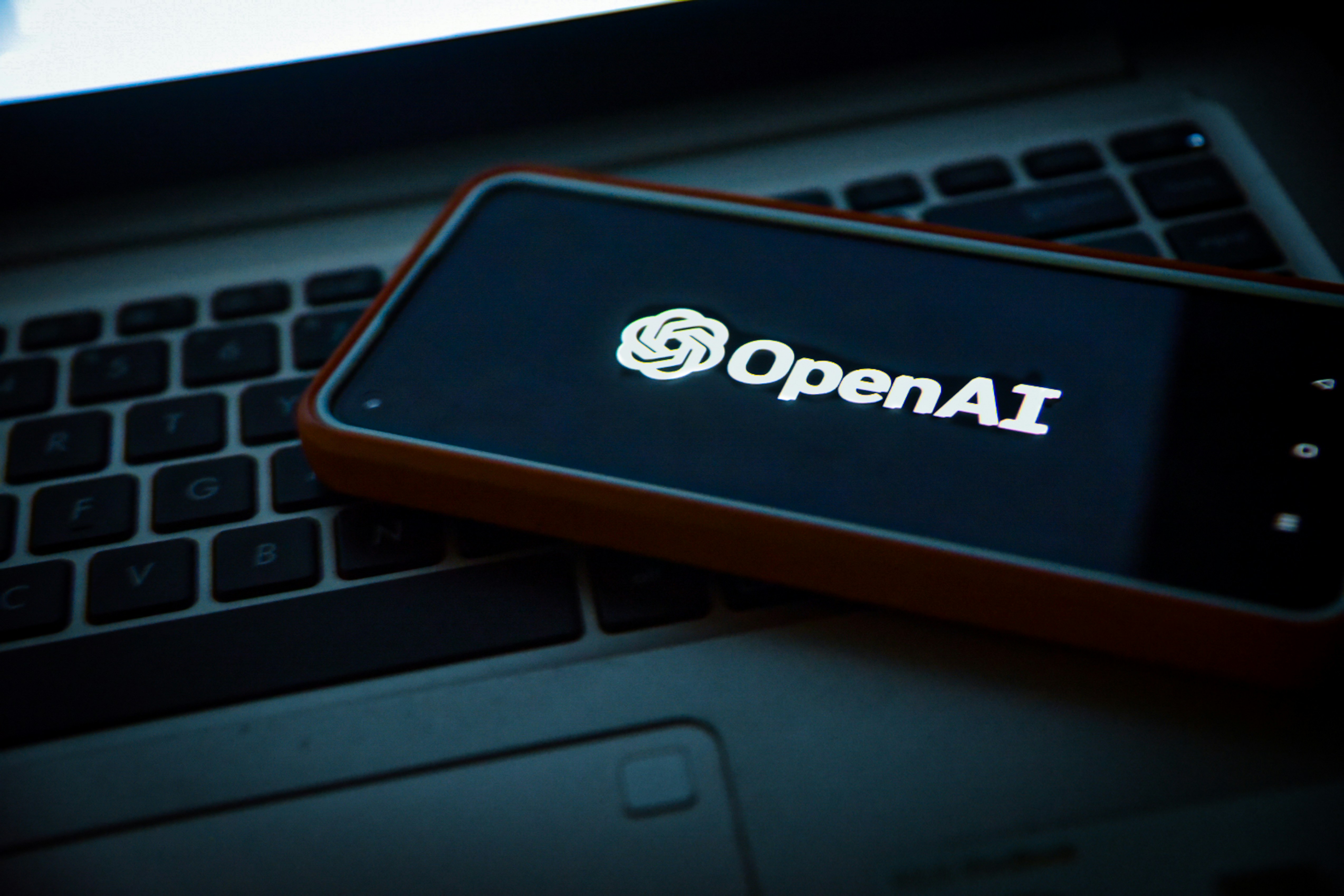Tech Industry Takes On Nvidias CUDA With Open-Source AI Software Solutions

Seattle, WA — In a bid to diversify the AI development ecosystem, OpenAI and a coalition of tech companies are working on open-source alternatives to Nvidia’s CUDA platform. CUDA has long been the dominant software framework for leveraging Nvidia GPUs in AI and machine learning tasks.
Background on Nvidia’s CUDA
CUDA, Nvidia’s proprietary parallel computing platform and programming model, has been a critical enabler of the company’s success in the AI market. It allows developers to harness the full computational power of Nvidia GPUs, making it the go-to solution for high-performance AI and machine learning applications. Despite its advantages, CUDA’s dominance has created a significant dependency on Nvidia’s ecosystem, raising concerns about market monopolization and limiting innovation.
The Initiative for Open-Source Alternatives
Leading the charge is OpenAI, which, along with a coalition of tech companies, aims to develop open-source software solutions that can serve as alternatives to CUDA. This initiative is driven by the need for more inclusive, versatile, and hardware-agnostic tools that can operate across different platforms, not just Nvidia’s. The goal is to democratize AI development, making it accessible to a broader range of developers and fostering a more competitive and innovative landscape.
Advantages of Open-Source Solutions
Open-source software offers numerous benefits to the AI development community. By lowering barriers to entry and reducing costs, it enables more developers and companies to participate in AI innovation. Open-source alternatives provide greater flexibility, allowing developers to customize and optimize their tools to meet specific needs. This increased flexibility is expected to spur innovation and lead to the development of more diverse and sophisticated AI applications.
The potential impact on the AI industry is significant. With more options available, companies can avoid the risks associated with being locked into a single vendor’s ecosystem. This diversification is likely to lead to a more vibrant and dynamic market, encouraging new players to enter the field and pushing established companies to continuously improve their offerings.
Challenges and Considerations
Developing robust alternatives to CUDA is not without its challenges. Technical hurdles include ensuring compatibility with a wide range of hardware and maintaining performance levels comparable to those achieved with CUDA. Additionally, convincing developers and companies to switch from a well-established platform to a new, unproven one requires significant effort. Adoption hurdles must be addressed through comprehensive support, extensive documentation, and strong community engagement.
Industry Reactions and Implications
The tech industry and AI community have responded with cautious optimism to the initiative. Many see it as a necessary step towards reducing dependency on Nvidia and fostering greater innovation. However, there are concerns about the feasibility and scalability of the proposed solutions. Nvidia, for its part, is likely to respond by enhancing its own offerings and emphasizing the unique advantages of CUDA.
In the long term, the push for open-source alternatives could reshape the AI software and hardware markets. By breaking Nvidia’s stranglehold on the AI development ecosystem, this initiative has the potential to create a more level playing field, encouraging competition and driving technological advancements.
Conclusion
The collaborative effort led by OpenAI to develop open-source alternatives to Nvidia’s CUDA marks a significant shift in the AI development landscape. If successful, it could reduce Nvidia’s dominance and foster a more competitive and innovative market. The future of AI development looks promising as the industry moves towards more inclusive and versatile software solutions.
Author: Ricardo Goulart
From Chip War To Cloud War: The Next Frontier In Global Tech Competition
The global chip war, characterized by intense competition among nations and corporations for supremacy in semiconductor ... Read more
The High Stakes Of Tech Regulation: Security Risks And Market Dynamics
The influence of tech giants in the global economy continues to grow, raising crucial questions about how to balance sec... Read more
The Tyranny Of Instagram Interiors: Why It's Time To Break Free From Algorithm-Driven Aesthetics
Instagram has become a dominant force in shaping interior design trends, offering a seemingly endless stream of inspirat... Read more
The Data Crunch In AI: Strategies For Sustainability
Exploring solutions to the imminent exhaustion of internet data for AI training.As the artificial intelligence (AI) indu... Read more
Google Abandons Four-Year Effort To Remove Cookies From Chrome Browser
After four years of dedicated effort, Google has decided to abandon its plan to remove third-party cookies from its Chro... Read more
LinkedIn Embraces AI And Gamification To Drive User Engagement And Revenue
In an effort to tackle slowing revenue growth and enhance user engagement, LinkedIn is turning to artificial intelligenc... Read more

